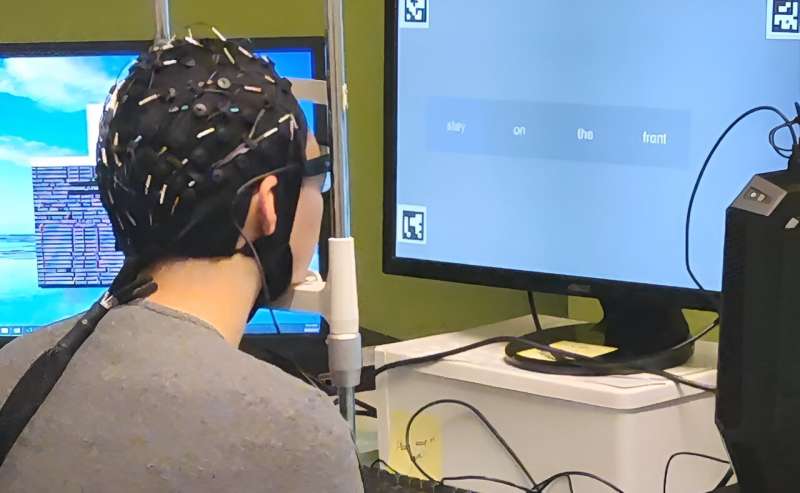Scientists from the University of Technology Sydney (UTS) have unveiled an incredible technology, an AI Tech that can translate your thoughts into readable text.
This innovative approach also eliminates the need for invasive surgeries or expensive MRI scans, using an electroencephalography (EEG) headset to read brainwaves generated during various activities.
In the demonstration, people put on the EEG cap that read their brainwaves. The cap then allows the system to turn the brain wave activity of a person into words without any difficulty.

This significant feat is made possible with the help of a unique AI model, DeWave, which skillfully separates the EEG waves into observable components, each with unique properties and patterns.
This discovery is truly remarkable, as it is the first to translate raw EEG signals directly into English without nosy treatments, highlighted by Professor CT Lin, Director of the GrapheneX-UTS HAI Centre.
 Despite these promising outcomes, this latest AI Tech translates thoughts into text currently at 40 percent proficiency. Concerns were raised about the model’s tendency to choose synonymous words over exact translations, especially with nouns for people, places, or things.
Despite these promising outcomes, this latest AI Tech translates thoughts into text currently at 40 percent proficiency. Concerns were raised about the model’s tendency to choose synonymous words over exact translations, especially with nouns for people, places, or things.
Yiqun Duan, the first author of the study, explained that the model’s inclination towards synonymous terms might be due to the brain processing semantically similar words with similar patterns.
The researchers are dedicated to improving the system’s efficiency, to achieve an impressive 90 percent translation proficiency. This innovation represents an exciting advancement at the intersection of neuroscience and AI, potentially paving the way for new insights into understanding and decoding the complexities of the human brain.
